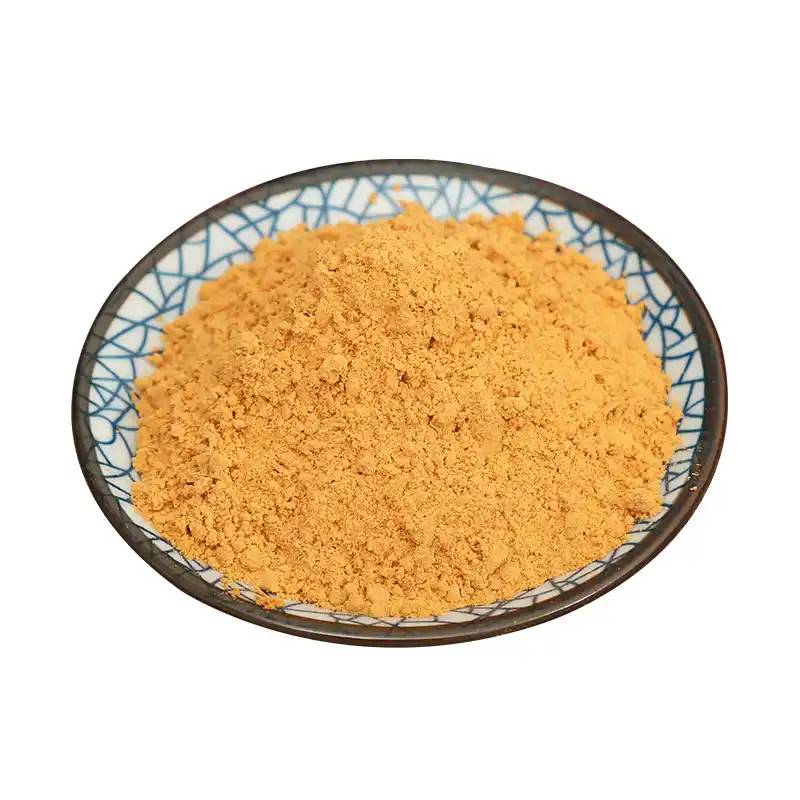植物の原色に関する研究
Colors can be divided into synthetic colors and 自然な色合い. Natural colors are colors that are extracted from natural organisms and then purified and refined artificially. Natural colors can be divided into plant pigments (also known as plant-derived natural colors), animal pigments, microbial pigments and mineral pigments according to their source[1]. Animal and microbial pigments are mainly derived from insects and microorganisms. The most famous animal pigment is carmine (a red natural dye). Carmine is a pigment obtained by drying female cochineal insects that parasitise cactus-like plants. Its chemical composition is carminic acid[2]. Most mineral pigments are harmful to the human body and therefore cannot be used for colouring in the food industry. Plant pigments are mainly derived from plant tissues such as flowers, fruits, leaves, stems and seeds. Natural colors are derived mainly from plant tissues, such as flowers, fruits, leaves, stems and seeds. Most of the so-called natural colors come from plant materials[3], and the plant species involved span many families and genera. According to incomplete statistics, there are currently more than 80 known natural colors[4], and more than 30 plants have been used in the development and research of natural colors[5]. Because plant-derived natural colors are safe and non-toxic, they are often used to improve the appearance and color of foods, medicines, cosmetics, etc.
Synthetic colorants are organic pigments obtained by artificial chemical synthesis. They are generally made from chemical products such as benzene, toluene and naphthalene as the main raw materials, and are formed through a series of reactions. Most synthetic colorants are organic synthetic pigments, and common ones include carmine, indigo and sunset yellow. Synthetic colorants have many advantages. Their colors are generally bright, they are stable, and they are not easily affected by environmental factors such as light, heat and oxygen. Synthetic pigments have strong coloring power and can be used as colorants or dyes, which are easy to dye food or textiles. In addition, the production process and process of synthetic pigments are easy to control, and their industrial production costs are low [6]. However, synthetic pigments themselves have no nutritional value, and most pigments are toxic to human health and even have the risk of causing teratogenic and carcinogenic effects. With the improvement of people'の生活水準、および合成顔料、people&によって引き起こされる特に様々な食品安全上の問題#食品添加物の安全性に対する需要が高まっています。天然顔料は、その自然で健康的な特性を持ち、非毒性であり、必然的に合成顔料に取って代わり、食品、医薬品、軽工業で広く使用されています。
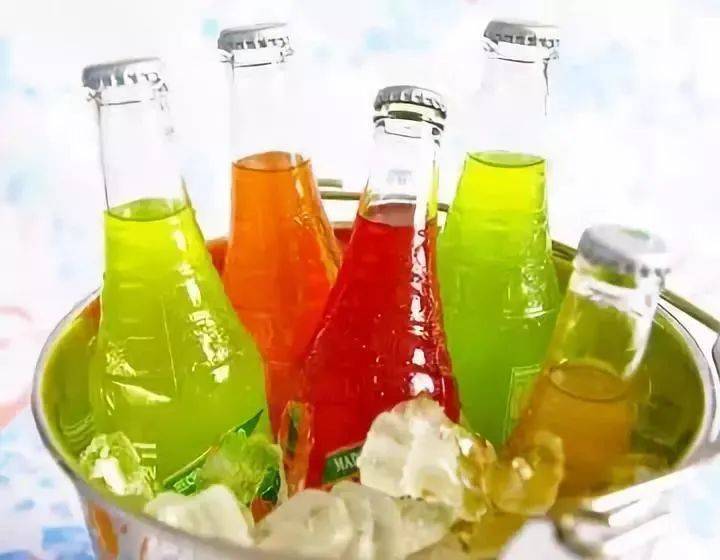
1植物由来の自然色の使用の歴史と特徴
1.1植物由来の自然色の使用の歴史
天然色は人類が最初に使用した顔料である。早くも紀元前10世紀には、古代英国の人々は、madder植物のジュースからバラ色のキャンディーを作りました。これは、古代人が自然の色を使用した最初の記録です。古代エジプトでは、商人はキャンディーの色を改善するために天然の植物抽出物とワインを使用しました。中国でも自然の色を使う歴史は古く、布の染色や食品の着色、紅や化粧などに広く使われています。例えば、古代中国の女性の間で流行した紅は、紅花の花弁の色素でできていました。例えば、染料の調合に用いられたマダラやクチナシは、東周(紀元前221年)にはすでに大規模に栽培されていた[8]。today&で#39の社会は、自然な色の種類や使用範囲が継続的に拡大されており、それは広範なアプリケーションの見通しを持っています。
1.2植物由来の天然色の特徴
Natural colors from plant sources are produced as a result of the natural growth and metabolism of plant tissues, and have some advantages over synthetic pigments, such as: ① most plant-derived natural colors are non-toxic and have no side effects; some plant-derived natural colors with high safety can be widely used as pharmaceutical or food additives; ② plant-derived natural colors reflect the colors of the plants themselves, so the shades are very natural. As food additives or colorants, they can make the shades closer to the colors of natural objects, making it more acceptable; ③Many edible plant-derived natural colors contain essential nutrients that the body cannot synthesize on its own. These plant-derived natural colors not only improve the color of food, but also supplement the body'の必須栄養素とさえ、特定の疾患の予防および治療効果を持っています。例えば、β-caroteneに変換することができるビタミンA人体のために利用する事の効果をビタミンAは、ドライアイ疾患を治療するや防止策視界が狭くなり
ただし、受注生産(受注)で受注したものには欠点がある。植物由来の天然色は、植物に存在する化合物であり、植物内の他の複雑な物質と共存していることが多く、抽出プロセスが複雑です。得られる色素抽出物には他の物質が含まれていることが多く、純度が比較的低い。また、現在、植物由来の天然色は、工程が未熟で、設備が未発達であるなど、主な問題点があるため、抽出率が低く、価格も高い。②自然植物性色が不安定上の色相し、しばしば変化外部环境など、光による温度、酸素pHの金属イオン[10]て安定性が落ちる。また、植物由来の天然色は酸化しやすいため寿命が短くなります。抗酸化剤や顔料安定剤を頻繁に補充する必要があり、その使用は面倒です。③種類が多い、植物性自然色やその性質をも複雑です特に、それら自身の物理的および化学的性質は、適用範囲を制限し、高度に専門化しています。
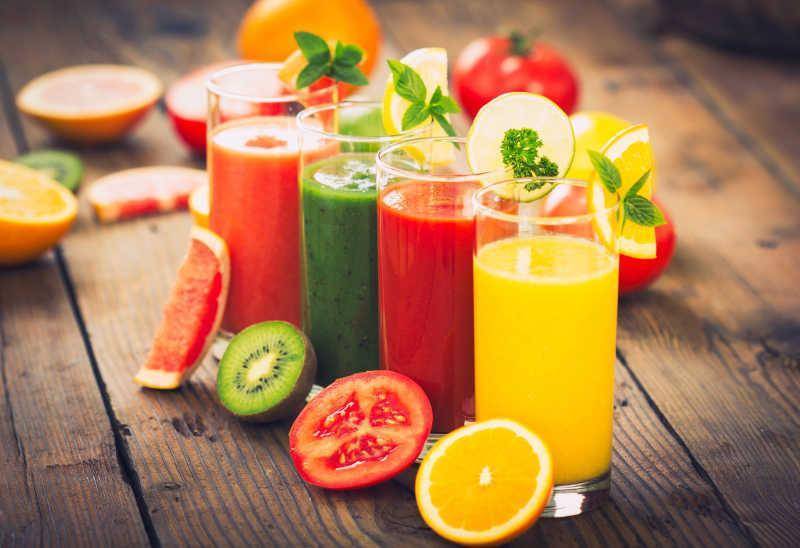
2植物由来の天然色の分類
植物由来の天然色素は、原料によって分類されるほか、溶解性によって脂溶性色素と水溶性色素に分類される。その化学構造により、ポルフィリン、ピロール誘導体、キノン、キサントン、ポリエン色素、ポリフェノール誘導体に大別されます[9]。その機能成分によると、アントシアニン、カロテノイド、フラボノイド、ピロールおよびその他の主要な顔料に分けることができます[10]。
2.1アントシアニン
Anthocyanins, also known as anthocyanidins, are a type of water-soluble pigment that generally exist in the form of anthocyanins in the flowers, leaves, fruits, stems and other parts of plants. According to incomplete statistics, 27 families and 72 genera of plants contain different amounts of anthocyanins[11]. Anthocyanins display different colors under different pH conditions, appearing red under acidic conditions, purple under neutral conditions, and blue under alkaline conditions. The different colors of red, purple, and blue displayed by plants are also the result of the coloration of anthocyanins under different pH conditions in the cell vacuole. Anthocyanins have high biological activity and are hydroxyl donors that can be used as free radical scavengers. Studies have shown that anthocyanins have pharmacological effects such as anti-oxidation and anti-aging, anti-inflammatory and anti-cancer, immunity enhancement, cardiovascular protection and disease prevention [12]. Many plants in nature are rich in anthocyanins. For example, black goji berries have the highest anthocyanin content of any plant discovered so far. Purple sweet potatoes are an ideal raw material for anthocyanin extraction because of their high anthocyanin content and high yield.
2.2カロチノイド色素
カロチノイド色素, also known as polyene pigments, are a class of fat-soluble terpenoid polymers, mainly divided into carotenes and carotenoids. Carotenoids are widely found in plant parts that appear yellow, orange-red or red. The carotenoids in chloroplasts are mainly carotene (orange-yellow) and lutein (yellow), which play an important role in photosynthesis. Vitamin A (retinol) is an important substance for maintaining normal visual function and maintaining healthy skin. Some carotenoids can be converted into vitamin A. These are called provitamin A. The most common of these is beta-carotene, which is converted into vitamin A when the body needs it. Not all carotenoids can be converted into vitamin A. Lycopene (found mainly in tomatoes, watermelons and guavas), for example, cannot be converted into vitamin A. Some plant-derived carotenoids that have been tested for safety can be added directly to foods such as pastries, dairy products, cold drinks, and candy as colorants.
2.3フラボノイド
フラボノイドは、一般的に、フラボンとフラボノール、ジヒドロフラボノイド、ジヒドロフラボノールに分けることができます。多くの植物組織に広く見られ、ほとんどは淡黄色または無色であり、いくつかは明るいオレンジ色である。中でも植物界に最も広く分布しているのはフラボノイドとフラボノールで、これまでに400種以上が発見されています[13-14]。フラボノイドは、重要な生理機能を持ち、抗酸化、抗突然変異、老化を遅らせることによって人間の健康を保護する上で重要な役割を果たしています。また、アントシアニンとの相乗効果で使用すると、アントシアニンの酸化を抑え、ある種の発色促進効果があります。最も一般的なフラボノイドはクルクミンであり、主にウコンやサフランの塊茎に含まれる黄色の色素である。抗酸化作用、抗炎症作用、抗がん作用、着色作用、毒素抑制作用などがあるため、食品や医薬品に広く使用されています。
2.4ピロール
ピロール色素は主にクロロフィルとその銅とナトリウム塩、亜鉛とナトリウム塩を含む。緑色植物の葉緑体、特に高等植物の葉や果実の緑色部分に広く見られ、タンパク質と結合して葉緑体を形成する。これらの色素は、抗ウイルス、抗潰瘍、抗菌、肝臓保護および解毒など、ヒト医学における多くの薬理作用を有する。
2.5他の顔料
その他の顔料としては、主にアントラキノン色素、赤酵母米色素などがある。アントラキノン色素は、主にカルミンやラック色素を含み、植物や赤ビートの地下の茎や根に見られる。抗菌や解毒などの医療効果がある[15]。
3植物由来の天然色の抽出・精製方法
植物由来の自然な色を抽出し、浄化する方法はたくさんあります。一般的な抽出方法には、従来の溶媒抽出、超臨界流体抽出、マイクロ波による抽出、加圧溶媒抽出などがある。一般的な精製方法には、カラムクロマトグラフィー、膜分離、液体クロマトグラフィーなどがあります。植物由来の自然な色を抽出し、浄化するためのいくつかの方法を簡単に説明します。
3.1従来の溶媒抽出
The traditional solvent extraction method is mainly used to extract both alcohol-soluble and water-soluble pigments. The method involves drying and crushing the raw materials, and then selecting a solvent to extract the pigments from the raw materials based on the solubility and polarity of the pigments and coexisting impurities. The crude pigment extract is then filtered, concentrated under reduced pressure, dried in a vacuum, and refined to obtain the finished product. The traditional solvent extraction method mainly includes the maceration method, the decoction method and the reflux extraction method. The traditional solvent extraction method has relatively simple equipment and process requirements, but the time taken for extraction and filtration is long, solvent consumption is high, the yield and purity of the product is low, and there is a risk of odors or solvent residues, which affects the quality of the product. Therefore, extracts obtained using the traditional solvent extraction method require further purification.
3.2超臨界流体抽出
超臨界状態とは、ある温度や圧力以上で気液界面が消失した状態をいう。この状態の流体を超臨界流体といいます。超臨界流体抽出(sfe: supercritical fluid extraction)は、超臨界流体を抽出剤として目的物質を抽出するために近年開発された新しい分離・抽出技術である。超臨界流体抽出の原則は以下の通り。超臨界液を溶かした溶質はまず高圧下で、そしての圧力制度を下げるたり、のシステムを高くし、隣接する互いの温度流体沈殿する年にソレトリューを起こし関係しが减る密度と溶存量。超臨界流体には、二酸化炭素、アンモニア、エタノール、一酸化窒素、トルエン、ベンゼン、水などがあります。
二酸化炭素の超臨界温度(31°c)は室温に近く、無毒、無汚染であり、設備を腐食させません。したがって、二酸化炭素が最も一般的な超臨界流体である[16]。植物由来の天然色超臨界流体の種類によって最適な抽出プロセス条件は異なりますが、抽出プロセスは一般的に10 ~ 50 mpa、31 ~ 80°c、3 ~ 20時間の範囲です[17]。超臨界流体抽出法は、従来の溶媒抽出法と比較して、抽出温度が低い、抽出速度が速い、抽出試薬残渣がない、汚染がないなど多くの利点があります。しかし、超臨界流体抽出技術は、設備投資や運用コストが高く、技術的にも不完全であるため、実際の普及・活用には限界があります。
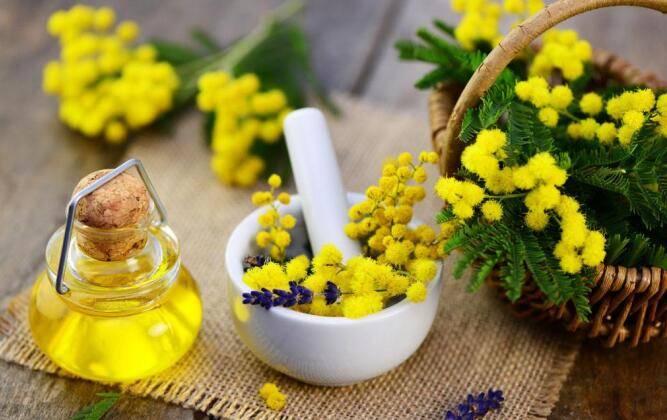
3.3 Microwave-assisted抽出
マイクロ波加熱抽出とは、マイクロ波加熱により選択的に加熱できるマイクロ波加熱と溶媒抽出技術を組み合わせた分離・抽出技術である。microwave-assisted抽出の原則は以下の通り。対象成分が選択的に電子レンジで加熱フィールドで大量の熱を生成する、短時間に分子間の水素結合を引き起こすて细胞膜上、かんしゃくを起こすことが細胞膜構造を破壊しているこれにより、誘電率が低くマイクロ波吸収力が比較的弱い溶媒への細胞内の天然色の拡散が加速され、天然色の迅速な抽出が達成されます。マイクロ波による抽出(mae)は、植物由来の自然な色を抽出するために多くの利点があります。第一に、抽出溶媒中の植物由来の天然色の溶解を加速し、抽出効率を向上させ、抽出時間を短縮することができる。第二に、少量の溶媒でサンプルの複数の成分を同時に抽出でき、結果の良好な再現性が得られます。したがって、マイクロ波を利用した抽出は、植物由来の天然色の開発と利用において、開発の見通しと大きな応用可能性を示しています。
3.4列クロマトグラフ
The most common purification method for plant-derived natural colors is column chromatography. Column chromatography refers to the method of separating and purifying natural colors by filtering a mixed solution containing natural colors through a column containing different adsorbents or stationary phases. The main methods of column chromatography are macroporous resin column chromatography, gel chromatography, silica gel column chromatography, ion exchange resin method, activated carbon column chromatography and polyamide method. Among them, the most commonly used purification methods are macroporous resin column chromatography and gel chromatography.
マクロポーラス樹脂カラムクロマトグラフィーは、マクロポーラス樹脂が天然色素に対する優れた吸着・遮蔽効果を有し、天然色素を分離・精製することに基づいています。また、無機塩、糖、粘液などの不純物を天然色から効果的に除去することができます。マクロポーラス樹脂カラムクロマトグラフィーの操作は、ローディング、溶出、リンスの工程を中心に比較的簡単です。マクロポーラス樹脂カラムクロマトグラフィーを用いた植物由来天然色の精製には、溶剤消費量が少ない、吸着能力が高い、吸着速度が速い、脱着が容易、再利用性などの利点があります。
Another common method for purifying vegetable-derived natural colors is gel chromatography. The commonly used gels for this method are polyacrylamide gel, agarose gel, and dextran gel. The principle of gel chromatography is that when a natural pigment extract passes through gel particles with a porous, highly cross-linked structure, macromolecular substances can easily move downwards with the eluent through the gaps between the gel particles, while small molecules enter the interior of the gel particles through the pore size. Since entering the interior of the gel particles causes the small molecules to travel a long way and move slowly, the purpose of separating Natural Color is achieved using molecular size. Compared with other purification methods, gel chromatography is easy to operate, requires simple equipment, does not require regeneration after each chromatography, and fully preserves the biological activity of the separated substances. Therefore, gel chromatography is widely used in the purification process of plant-derived natural colors.
4つの問題と展望
ほとんどの天然色は、一般的に人体にとって安全で毒性がなく、長期間消費されたものは比較的安全です。しかし、いくつかの天然の色はまだ毒性があります(例えば、非常に有毒なガーチニア)。したがって、自然な色の安全性を無視するべきではありません。したがって、食品の安全性は、天然色の開発と利用の主要な課題となっています。特に、技術の発展に伴い、以前は安全とされ使用が認められていた植物由来の天然色の一部が、その後の毒性試験で変異原効果があることが判明しました。植物由来の天然色の研究には毒性評価が遅れているという問題があります。このため、植物由来の天然色に対する毒性研究に力を入れ、天然色に対する毒性評価をさらに強化する必要がある。
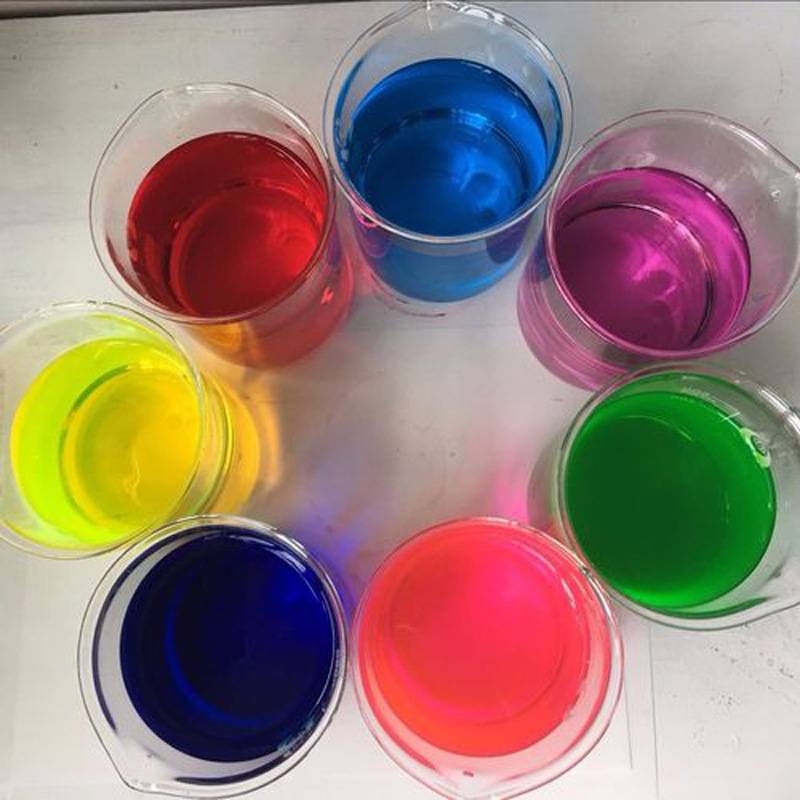
中国は広大な国であり、天然の色彩豊かな植物資源が豊富です。植物由来の天然色を開発・利用するための豊富な色素材料を提供します。したがって、この植物資源の優位性を十分に活用し、天然色の抽出と利用に使用できる特徴的な植物資源をさらに探求し、天然色の収率を高め、生産コストを削減するための設備と生産プロセスを継続的に改善する必要があります。またと廃棄物や副产物、一部作物としても活用できる原料は天然抽出色利用といった使用実態を抜いたオレンジピールヘスペリジンが抽出、高粱色素細胞を抽出高粱紅粕取焼酎など緑やさしいの道を歩むことを活用したゴミがお宝に全面的資源。
ピープル&の継続的な改善に伴い、完全に植物由来の天然色で合成顔料を置き換えることは現在非現実的ですが#39の生活水準と健康意識、自然な色の需要は常に増加しています。ナチュラルな色の絶え間ない成熟重なり浄化技术毒物の不断の発展に伴っ研究机构がまた、そんなに遠くない将来、自然植物性色を克服できるようとしてならない多く合成顔料と欠点が多用される无着色や添加物て)メディカ、や化粧品産業。
参照
[1] sava v m, yang s a, hong m y, et al。メラニン色素の単離と特徴[j]。1994年(平成6年):2代目。
【2】周hongxiang,トランス。微生物からの天然色の抽出と染色への応用[j]。四川光絹(1998年(1)「38-39。
[3]許Qiusha。自然色の研究概要[j]。北区(北区):8区(北区)。
[4] caro y, anamale l, fouillaud m, et al。強力な食品級着色剤としての天然ヒドロキシアントラキノイド色素概要[j]。natural products and bioprospecting, 2012, 2(5): 174-193。
[5] deng xiangyuan, wang樹軍,li fuchao, et al。資源と自然の色の応用。2006年(平成18年)10月1日:ダイヤ改正。
[6] shen canqiu, zeng lirong, yu sumai, et al。砂糖製品からの着色物質の除去とその製造過程での変化[j]。^『仙台市史』通史編1(通史編1)13-18頁。
【7】楊貴志、孫志南。海藻からの天然色素と天然色素の抽出[j]。 ^岩波書店、2005年(平成17年)、34頁。
[8]柳新民网。ルビア色素—化粧品業界で採掘され、利用されるのを待っている古代の顔料[j]。^『仙台市史』通史編(通史編)通史編(通史編)789頁。
[9]孫孙丽英。チェリーレッド色素の抽出と特性評価[d]。2005年-中国農業大学教授。
[10]左y .自然色の研究と応用[j]。穀類、油や食材が、2006年(平成18 46-48)(9)。
[11] annamaryジュd, sarma。Phytochetnistry [J]。natural products, 1997, 45(4): 671-674。
【12】方仲祥、倪元英。アントシアニンの生理機能に関する研究[j]。広州食品産業科学技術、2001年、17(3):60-62。
[13] zhao jun .自然色の研究と応用[j]。^『日本近代医学史』第3巻、中央公論社、2003年、306-307頁。
[14]公Shengzhao。フラボノイドは健康食品に大きな開発価値を持っています[j]。広州食品工業科学技術,2002,18(1):63-64。
[15] lang zhongmin, suo quanling, wu gangqiang。アントラキノン食品着色の研究成果[j]。中国食品添加物、2006(6):76-78。
[16] zhang y .パプリカレッドの超臨界抽出と有機溶媒抽出の比較[j]。中国の薬味,2013(4):101- 103。
[17] wang weiguo, zhang qianwei, zhao yongliang, et al。自然色の物理化学的性質と研究の進展[j]。河南理工大学紀要(自然科学編),2015,36(3):109-117。


 英語
英語 フランス
フランス スペイン
スペイン ロシア
ロシア 韓国
韓国 日本
日本